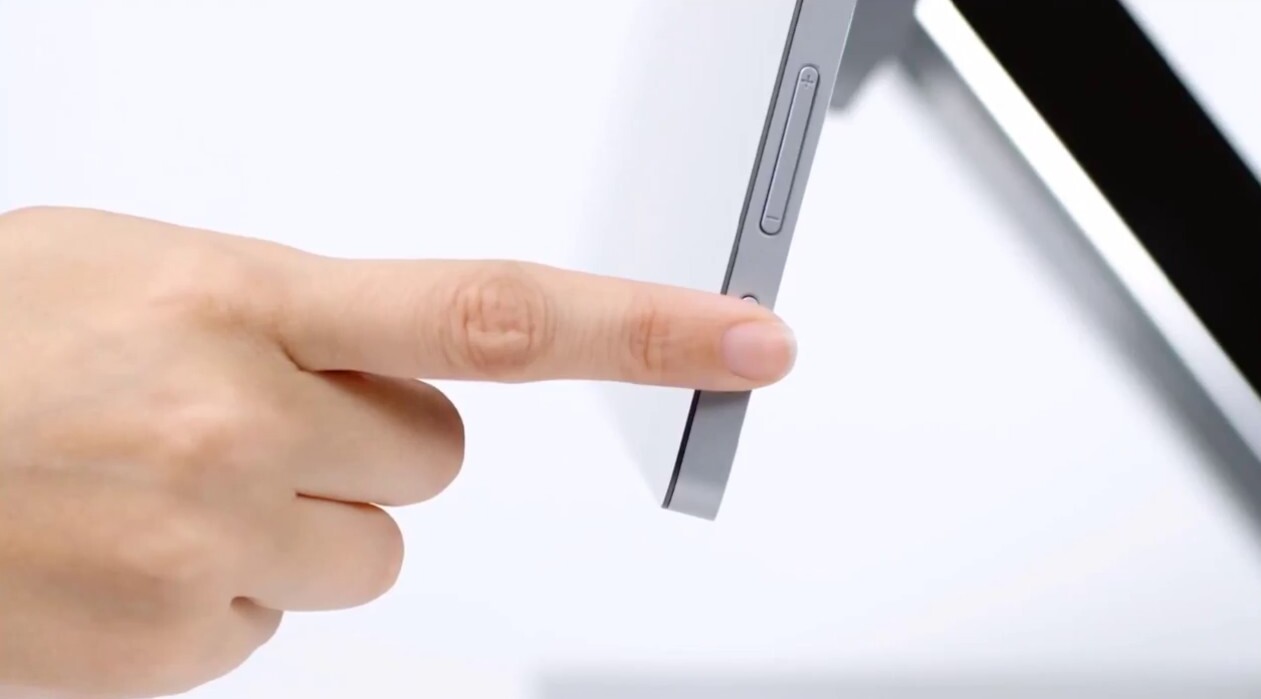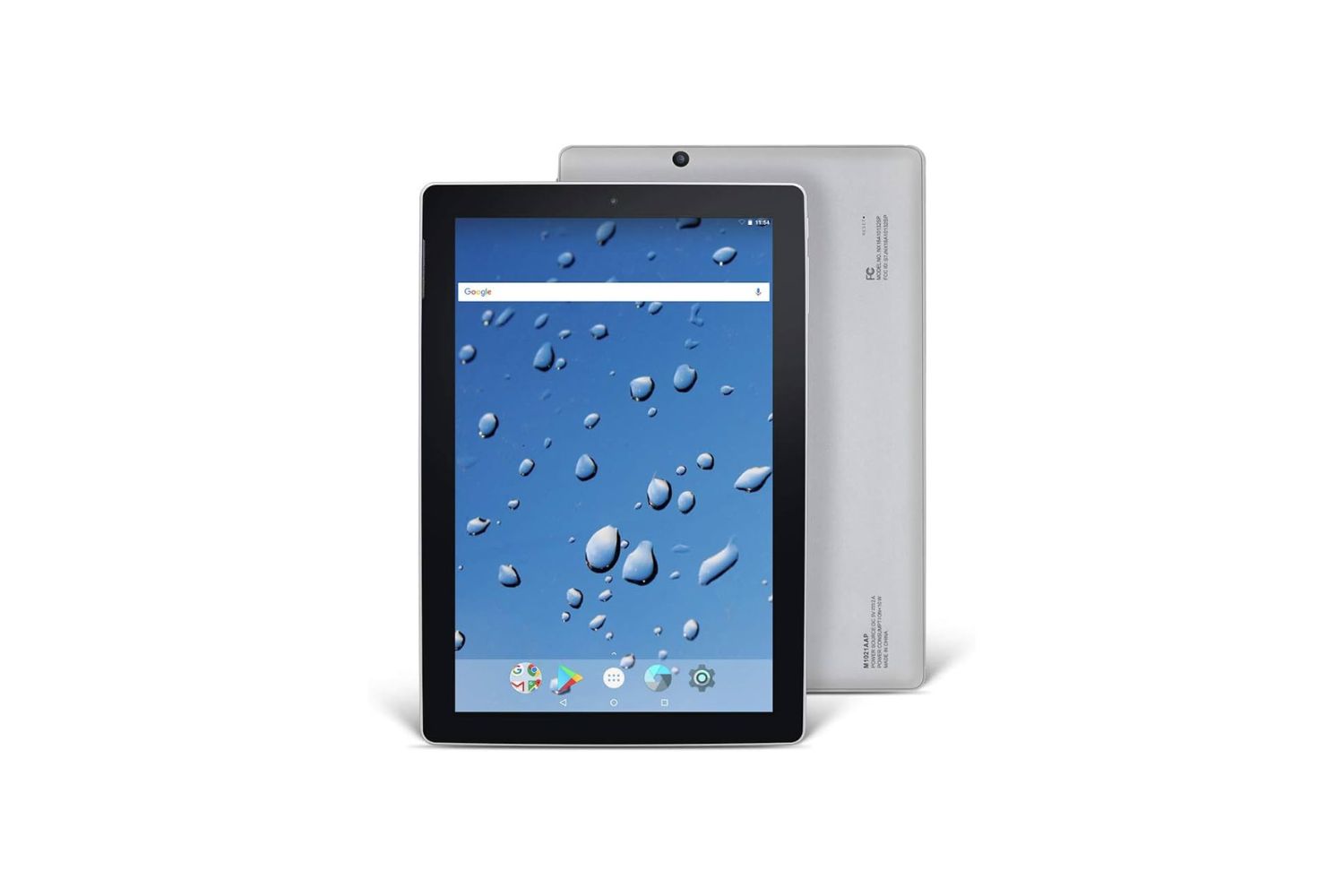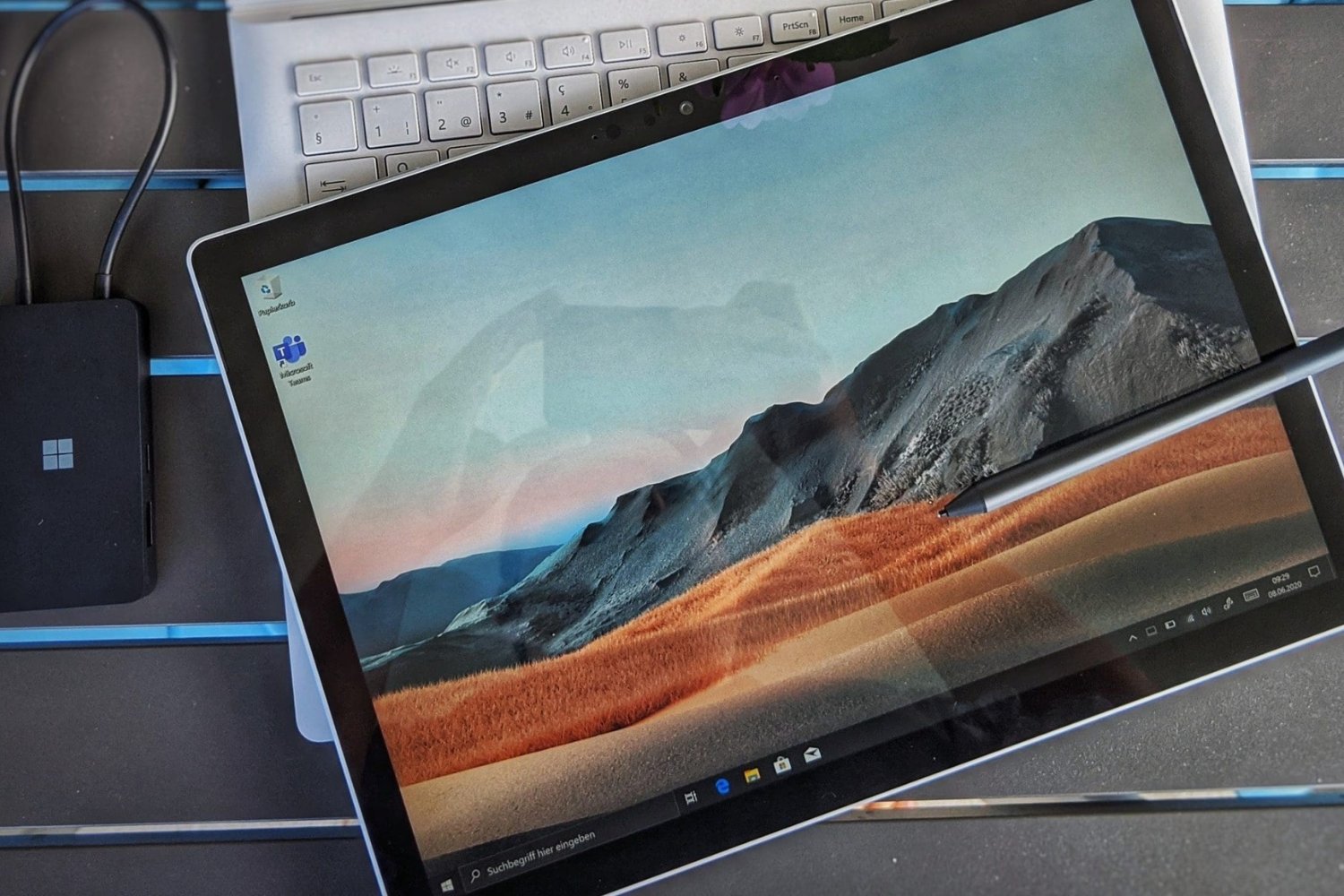Introduction
Welcome to our guide on how to factory reset Windows 10 without a password. At some point, you may find yourself in a situation where you need to perform a factory reset on your Windows 10 computer. This process restores your system to its original factory settings, effectively wiping out all your personal data, installed programs, and settings.
There are several scenarios where performing a factory reset can be helpful. For instance, if your computer is running slow, plagued by malware, or experiencing frequent crashes, a factory reset can provide a fresh start and potentially resolve these issues. Additionally, if you’re planning to sell or donate your computer, performing a factory reset ensures that all your personal information is permanently removed.
In Windows 10, there are multiple methods you can use to perform a factory reset, and in this guide, we’ll walk you through each one. Whether you have a password or not, you’ll find a method that suits your needs.
Keep in mind that a factory reset should be approached with caution, as it permanently deletes all your files and applications. Therefore, it is vital to backup any important data before proceeding with a factory reset. Once you’ve made sure your data is safely backed up, you can continue with the appropriate method for your situation.
During the factory reset process, Windows 10 will be reinstalled, and your computer will be restored to its original state. Afterward, you’ll have a clean slate to set up your system again, reinstall your programs, and configure your settings.
Please note that the exact steps and options may vary slightly depending on the specific version of Windows 10 you are using. However, the general steps and concepts outlined in this guide should apply to most Windows 10 installations.
Now that you understand the purpose and importance of a factory reset, let’s dive into the different methods you can use to reset Windows 10 without a password.
Why would you want to factory reset Windows 10?
There are several reasons why you might want to perform a factory reset on your Windows 10 computer. Let’s explore some of the most common scenarios where this action can be beneficial.
1. Slow performance: Over time, your computer may start to slow down due to various factors such as accumulated junk files, outdated drivers, or incompatible software. Performing a factory reset can help to eliminate these issues and restore your computer’s performance to its original state.
2. System errors: If you’re experiencing frequent system errors, crashes, or unexpected behavior, a factory reset can serve as a troubleshooting step. By reverting your system back to its factory settings, you can eliminate any software-related issues that may be causing the problems.
3. Virus or malware infections: Despite taking precautions, your computer may become infected with viruses or malware that can compromise your security and privacy. Performing a factory reset removes all traces of these infections, ensuring a clean and secure system.
4. Selling or donating your computer: Before selling or giving away your computer, it is crucial to remove all your personal data to protect your privacy. A factory reset completely erases your files, making them unrecoverable by ordinary means.
5. Starting fresh: Sometimes, you may simply want to start fresh with a clean installation of Windows 10. This can be helpful if you’ve made significant changes to your system, installed a lot of software that you no longer need, or just want a clean slate to work with.
6. Resolving software conflicts: If you’re encountering conflicts between software programs or experiencing compatibility issues, a factory reset can help resolve these problems. By removing all programs and returning your system to its original state, you can start again with a clean and stable setup.
It’s important to note that performing a factory reset should be a last resort and is not always necessary to resolve issues on your computer. Before proceeding with a factory reset, it’s advisable to try other troubleshooting steps, such as updating drivers, running antivirus scans, or using system repair tools.
Now that you understand the various reasons why you might want to perform a factory reset, let’s move on to the different methods you can use to reset Windows 10 without a password.
Method 1: Reset Windows 10 using the Settings app
One of the easiest ways to factory reset Windows 10 without a password is by using the built-in Settings app. This method is suitable for users who can still access their Windows desktop. Here’s how you can do it:
- Click on the Start menu button and select the “Settings” cog icon.
- In the Settings window, click on the “Update & Security” option.
- In the left-hand menu, choose the “Recovery” tab.
- Under the “Reset this PC” section, click on the “Get started” button.
- A new window will appear with two options: “Keep my files” and “Remove everything.” Select the option that suits your needs.
- If prompted, you may be asked to enter your Windows 10 account password to proceed. However, if you don’t have a password or have forgotten it, you can simply click on the “Next” button to continue.
- Windows 10 will then start the resetting process. This may take some time, so be patient.
- Once the process is complete, your computer will restart, and you will be presented with the initial setup screen, just like when you first purchased the device.
It’s important to note that the “Keep my files” option will preserve your personal files such as documents, pictures, and videos, while removing applications and settings. On the other hand, the “Remove everything” option will wipe out everything, including your personal files.
Before proceeding with a factory reset using the Settings app, ensure that you have backed up all your important files and data, as they will be permanently deleted during the process.
Once the resetting process is complete, you can proceed with setting up your Windows 10 system again, reinstalling any necessary applications, and configuring your preferences.
Now that you’re familiar with the first method of resetting Windows 10 without a password, let’s move on to the next method.
Method 2: Use the Windows Recovery Environment (WinRE) to reset Windows 10
If you’re unable to access your Windows desktop or the Settings app, you can still perform a factory reset using the Windows Recovery Environment (WinRE). This method is particularly useful when your computer is experiencing severe issues or won’t boot properly. Here’s how you can use WinRE to reset Windows 10 without a password:
- Start by restarting your computer. While it’s restarting, repeatedly press the F11 key (or the key specified by your computer’s manufacturer) to enter the Advanced Startup options.
- In the Advanced Startup menu, select “Troubleshoot” to access the troubleshooting options.
- Within the Troubleshoot menu, choose “Reset this PC.”
- You will be presented with two options: “Keep my files” and “Remove everything.” Select the option that best suits your needs.
- If prompted, enter your Windows 10 account password. However, if you don’t have a password or have forgotten it, you can proceed without entering anything.
- Windows 10 will then begin the resetting process. Depending on the speed of your computer and the amount of data, this process may take some time.
- Once the process is complete, your computer will restart, and you will be guided through the initial setup screen as if you just purchased the device.
Just like with the previous method, it’s crucial to back up all your important files and data before proceeding with a factory reset using WinRE, as your personal files will be permanently deleted during the process.
The Windows Recovery Environment provides a powerful set of tools and options to help you troubleshoot and repair your Windows 10 installation. In addition to the factory reset feature, it also provides options for system restore, startup repair, and more.
Now that you’re familiar with using the Windows Recovery Environment to reset Windows 10 without a password, let’s move on to the next method.
Method 3: Reset Windows 10 using installation media
If you’re unable to access the Settings app or the Windows Recovery Environment (WinRE), another method to perform a factory reset without a password is by using Windows installation media. This method is helpful when your computer is unable to boot or if you don’t have access to the built-in recovery options. Here’s how you can use installation media to reset Windows 10:
- Start by creating a Windows 10 installation media. You can do this by downloading the Windows 10 ISO file from Microsoft’s official website and using a tool like Rufus to create a bootable USB drive.
- Insert the USB drive with the Windows 10 installation media into your computer.
- Restart your computer and enter the BIOS or boot menu by pressing the appropriate key (usually F2, F8, or Del) during the startup process.
- In the BIOS or boot menu, change the boot order to prioritize the USB drive. Save the changes and exit the BIOS or boot menu.
- Follow the on-screen prompts to boot from the USB drive and start the Windows 10 installation process.
- When prompted, choose your language preferences and click “Next.”
- Click on the “Repair your computer” option located at the bottom-left corner of the installation window.
- In the Choose an option screen, select “Troubleshoot” and then choose “Reset this PC.”
- Choose the appropriate reset option for your needs: “Keep my files” or “Remove everything.”
- If required, enter your Windows 10 account password. However, if you don’t have a password or have forgotten it, you can proceed without entering anything.
- Windows 10 will then initiate the resetting process, which may take some time depending on your computer’s performance and the amount of data being reset.
- Once the process is complete, your computer will restart, and you will be guided through the initial setup screen as if you just bought the device.
Remember, before proceeding with a factory reset using installation media, ensure that you have backed up all your important files and data, as they will be permanently deleted during the process.
Using Windows installation media provides you with the flexibility to reset Windows 10 without access to the operating system or the recovery options. It can be especially handy when other methods are not feasible or accessible.
Now that you’re familiar with the third method of resetting Windows 10 without a password, let’s move on to the next method.
Method 4: Reset Windows 10 without password using specialized software
If you don’t have access to the Windows 10 Settings app, Windows Recovery Environment, or installation media, there are specialized software programs available that can help you reset Windows 10 without a password. These programs are designed specifically for this purpose and offer a user-friendly interface to guide you through the process. Here’s how you can use specialized software to reset Windows 10:
- Start by researching and selecting a reputable password reset or recovery software program.
- Download and install the software on a separate computer that you can access.
- Launch the software and create a bootable USB drive or DVD using the instructions provided by the software.
- Insert the bootable USB drive or DVD into your locked Windows 10 computer.
- Restart your computer and enter the BIOS or boot menu by pressing the appropriate key (usually F2, F8, or Del) during the startup process.
- In the BIOS or boot menu, change the boot order to prioritize the USB drive or DVD. Save the changes and exit the BIOS or boot menu.
- Follow the on-screen prompts to boot from the USB drive or DVD and start the password reset software.
- Once the software has loaded, choose the option to reset your Windows 10 password.
- Specify the user account for which you want to reset the password.
- Follow the instructions provided by the software to complete the password reset process.
- Once the password has been reset, restart your computer and log in to your Windows 10 account using the new password.
It’s important to note that while specialized software can be effective in resetting Windows 10 passwords, it’s crucial to use reputable and trusted programs from reliable sources. Additionally, ensure that you follow the instructions provided by the software carefully to avoid any potential issues or data loss.
Now that you’re familiar with using specialized software to reset Windows 10 without a password, you have multiple options to choose from based on your specific needs and circumstances.
In the next section, we’ll offer some concluding remarks and recap the different methods discussed in this guide.
Conclusion
In conclusion, performing a factory reset on Windows 10 can be a useful solution in various scenarios, such as when your computer is running slow, infected with malware, experiencing system errors, or if you’re selling or donating your device. Resetting Windows 10 removes all your personal data, applications, and settings, restoring your computer to its original state.
Throughout this guide, we’ve covered four different methods to reset Windows 10 without a password. These methods include using the Settings app, the Windows Recovery Environment (WinRE), installation media, and specialized software. Each method provides a unique approach that can be used depending on your specific situation and accessibility to different tools or options.
Using the built-in Settings app is the most straightforward method if you can still access your Windows desktop. The Windows Recovery Environment (WinRE) is useful when your computer has severe issues or won’t boot properly. Utilizing installation media allows you to perform a reset even without access to the operating system. Lastly, specialized software offers an alternative solution when other methods are not feasible.
Before proceeding with a factory reset, it’s important to back up all your important files and data to prevent any loss. Once the reset process is complete, you can begin setting up your Windows 10 system again and reinstalling necessary applications.
Remember, performing a factory reset is a serious action that permanently deletes your files and applications. It should be considered a last resort after exploring other troubleshooting options. If possible, seek assistance from technical experts or professionals if you’re unsure about the process or facing significant challenges.
We hope this guide has provided you with the necessary information to successfully reset Windows 10 without a password. By following the appropriate method for your situation, you can restore your computer to its original state and enjoy a fresh start.







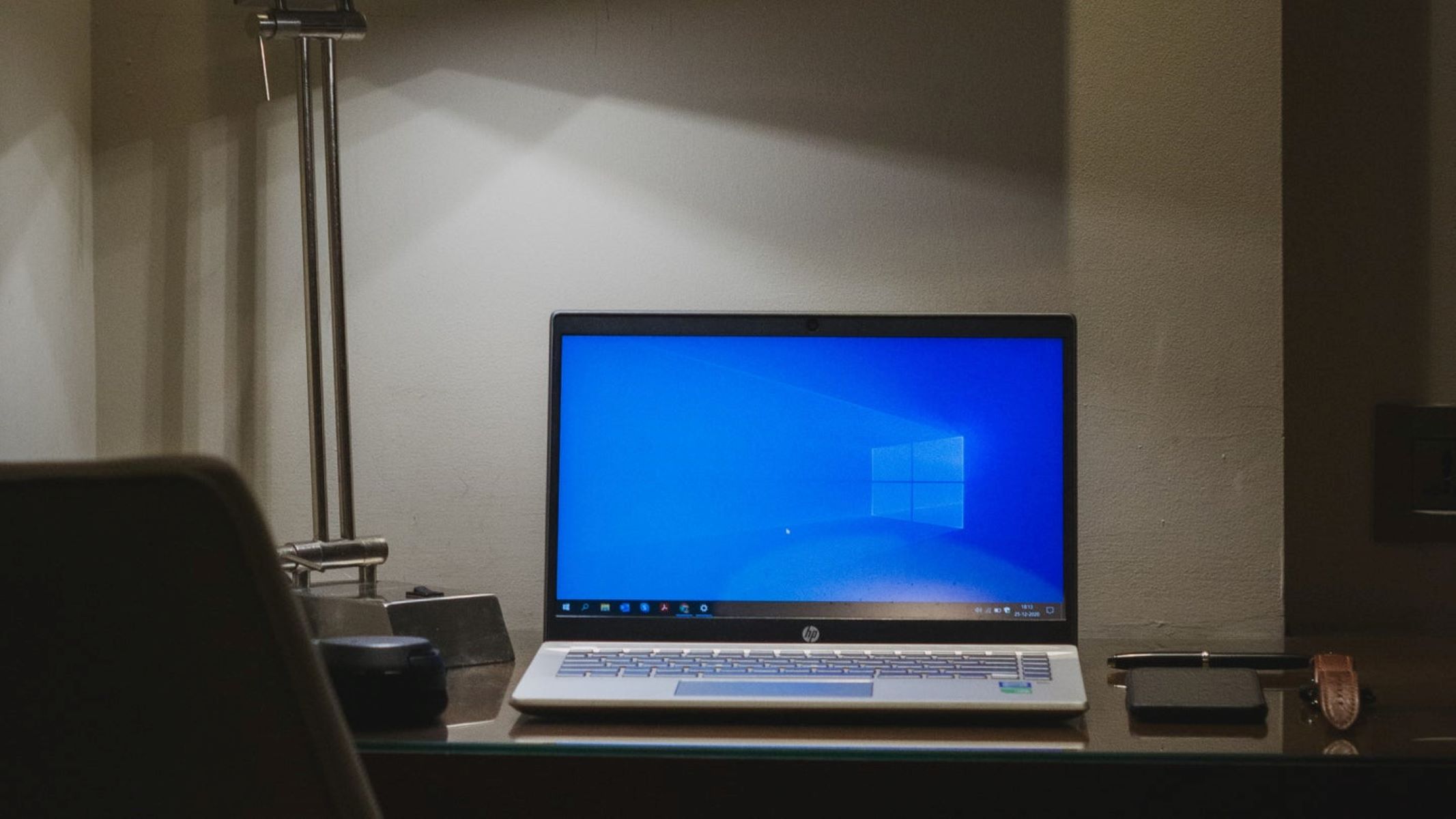

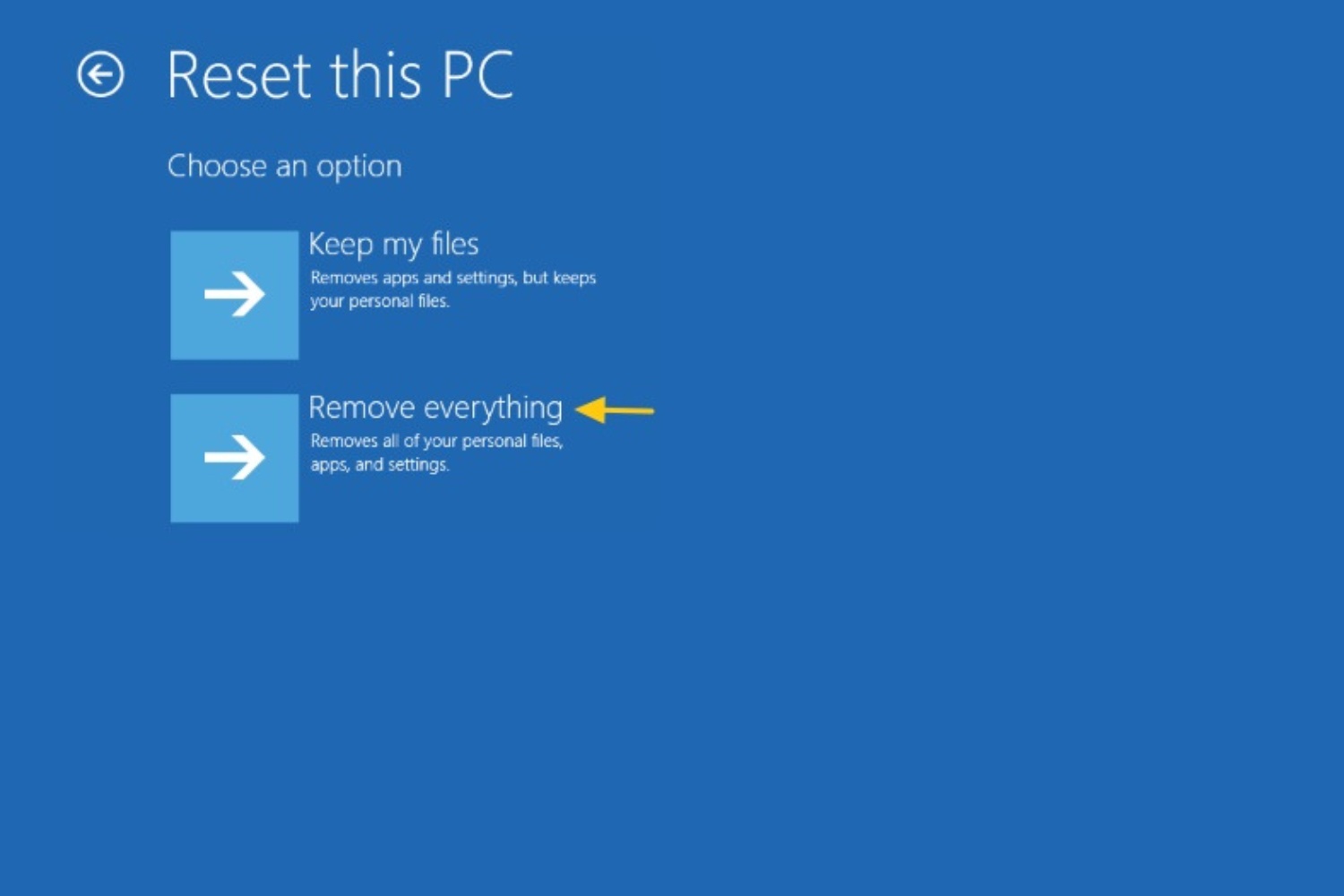


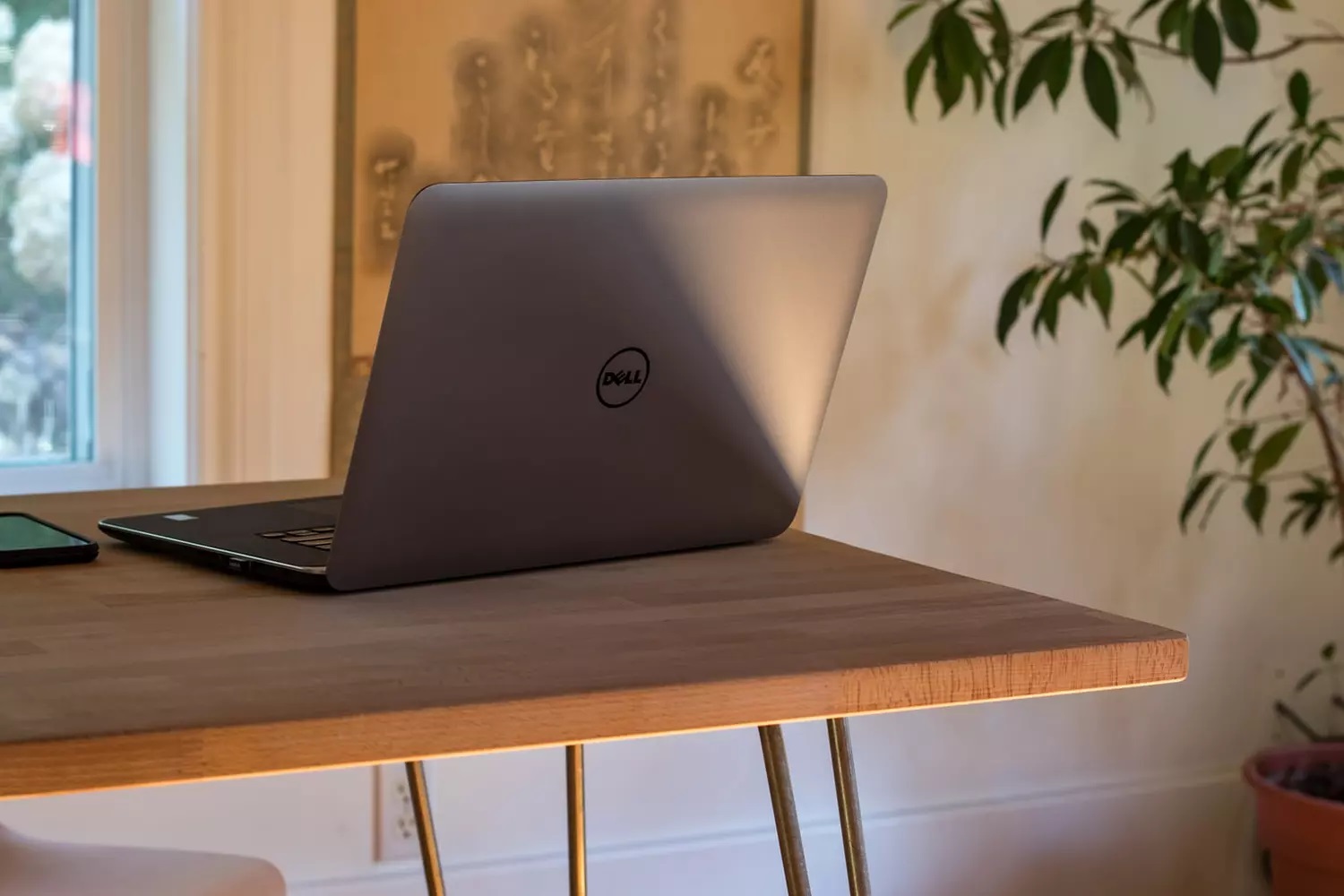
![[Full Guide] How to Bypass Google Account Verification After Reset](https://robots.net/wp-content/uploads/2023/11/How-to-Bypass-Google-Account-Verification-After-Reset-300x180.png)
